
Ruinas de Guernica tras el bombardeo
Viajamos a unos 3o kilómetros de Bilbao, donde se encuentra una de las villas más emblemáticas para Euskadi y para el conjunto de los españoles que aman la paz y respetan las libertades. Estamos en Guernika, hoy en día un lugar apacible, símbolo de paz y cultura, con una estupenda actividad industrial y aún mejor ambiente educativo.
Desde tiempos legendarios, los soberanos de Castilla debían jurar los fueros vascos bajo el legendario roble de Guernica. Ese carácter casi sagrado que tenía el memorable árbol se vio reforzado el día en que la aviación alemana de la Legión Cóndor, bajo las órdenes de Adolf Hitler y con el consentimiento del dictador Franco en favor de quien actuaban, bombardearon la villa, arrasándola en su totalidad. Sólo un elemento quedó erguido, como canto al orgullo y la gallardía del carácter vasco: el roble.
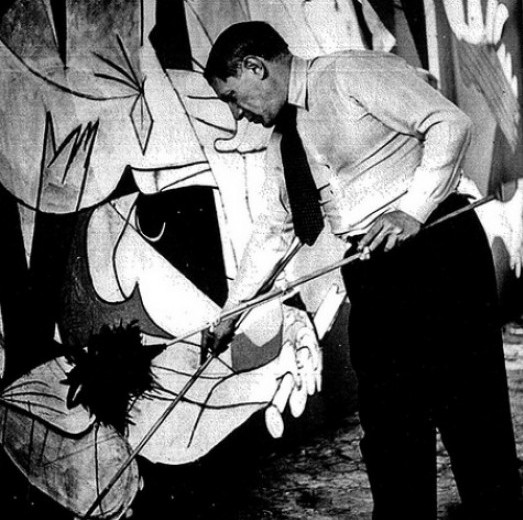
Picasso pintando la tragedia en 1937
Los hechos fueron posteriormente inmortalizados por Pablo Picasso, que al igual que casi toda la sociedad civilizada de la época y de artistas de todas partes del mundo, quedaron marcados y conmocionados por la brutalidad del acto. También Chillida y Henry Moore dejaron su obra in memoriam y literatos como Blas de Otero o Gabriela Mistral dejaron sus poemas para que nunca se olvidara el escarnio.
Durante 40 años el cuadro de Picasso fue custodiado por el Museo de Arte Moderno de Nueva York, hasta que después de la muerte del dictador, el cuadro regresó a España bajo fuertes medidas de seguridad. Hoy su sede permanente es el Museo Reina Sofía de Madrid.
- Columnas con los restos del antiguo roble
- El árbol de Guernika
- Escultura-homenaje de Henry Moore
- Picasso pintando la tragedia en 1937
- Ruinas de Guernica tras el bombardeo
- Visitantes en el Reina Sofía
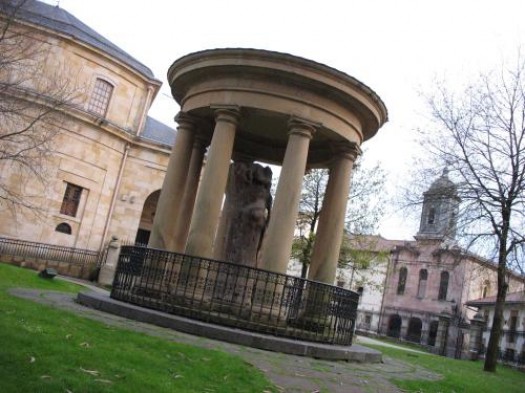
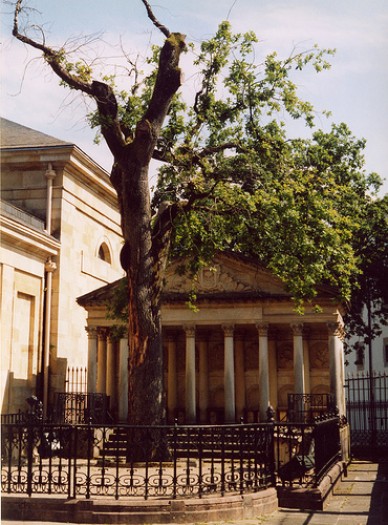
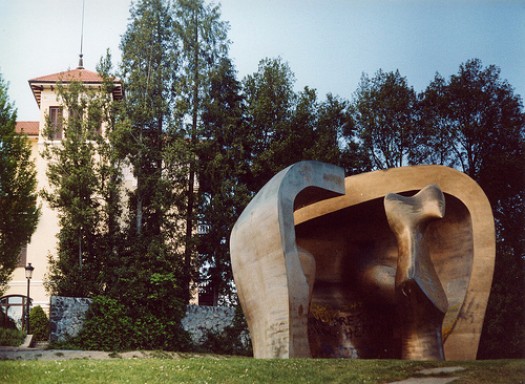
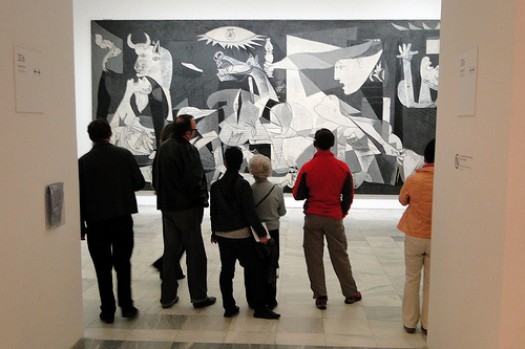
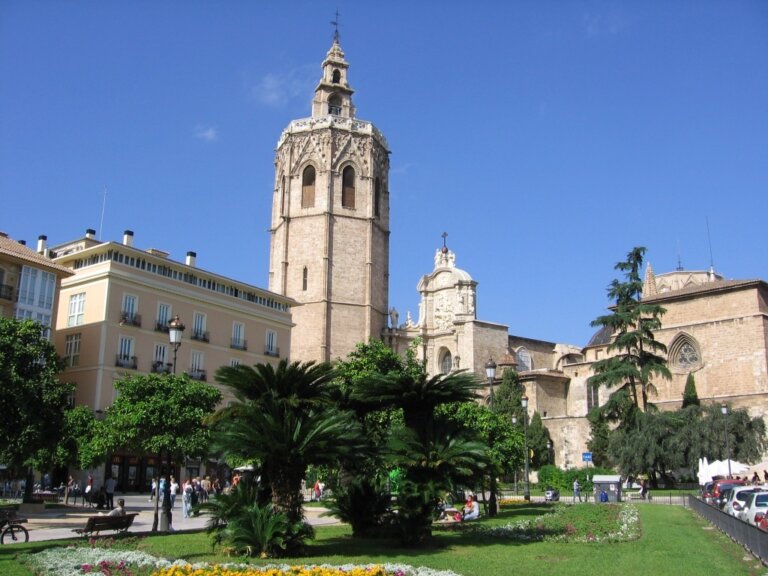

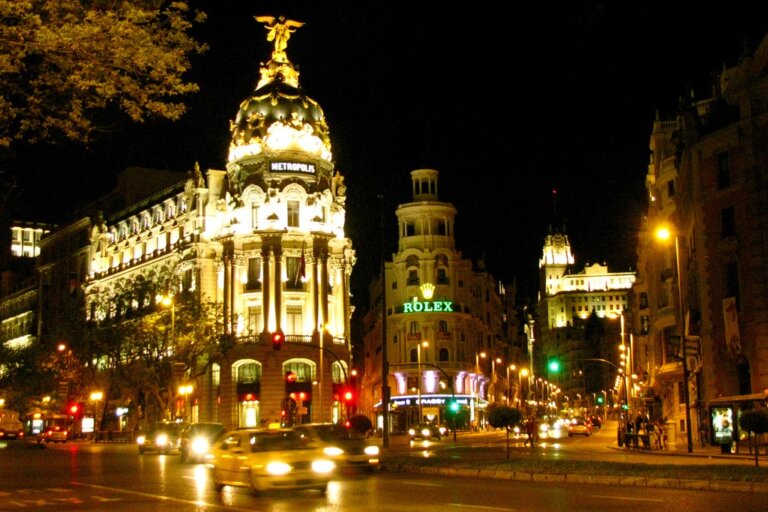
Princessjanine marzo 29, 2015 a las 3:40 pm
I believe this is a great piece from SatOne. I often wish that Graffiti/streetart lokoed inward at itself a little more and critique exactly what it is that it is, so to speak!I guess that while this is one of its strengths, (an individuals ability to just go out and speak to the world without the need to pay an admission fee, walk through a gallery door and read an artist statement) it can also be its weakness.We need visionaries at the forefront of this movement to be questioning the nature of producing work within the public realm that is not only engaging on multiple levels but has the capability of turning the mirror on what they do and questioning the legitimacy of their practice. This movement is here to stay, it would be great if the artists involved articulate rhetoric that prompts sustainability of work or debate the ephemerality of such things. Sometimes this is what makes it so magical, catching something so fleeting which may soon vanish.Graffiti still has a lot to say.
Responder